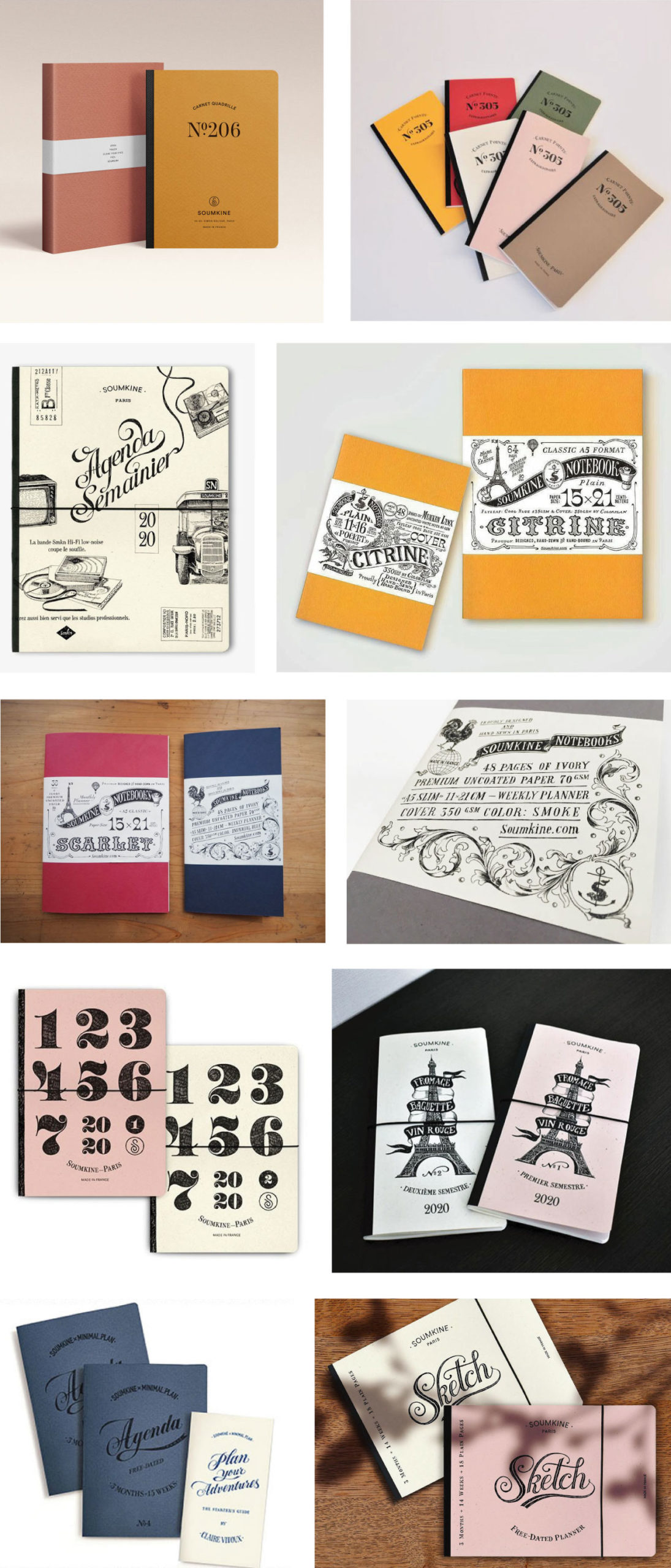We found these handmade brooch on a Japanese lifestyle website and thought it would be a fun project. They’re called the Chiku Chiku or prickly brooch. There is no pattern to follow and you are free to use your imagination so that no two patterns will ever be alike. We discovered that these particular pieces were made by Tamagawa Welfare Workshop a corporation that operates both elderly care and disabled support business.
The brooch are sold under the brand, Irodori, who makes not only sashimi embroidered products but several other products using recycled materials. Irodori works with elderly and disabled people invigorating and making them actively contribute to the local community.Â
You can find more Irodori products on Facebook and on Instagram.
Images: Courtesy of Irodori.




You must be logged in to post a comment.